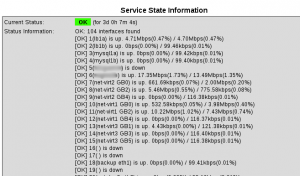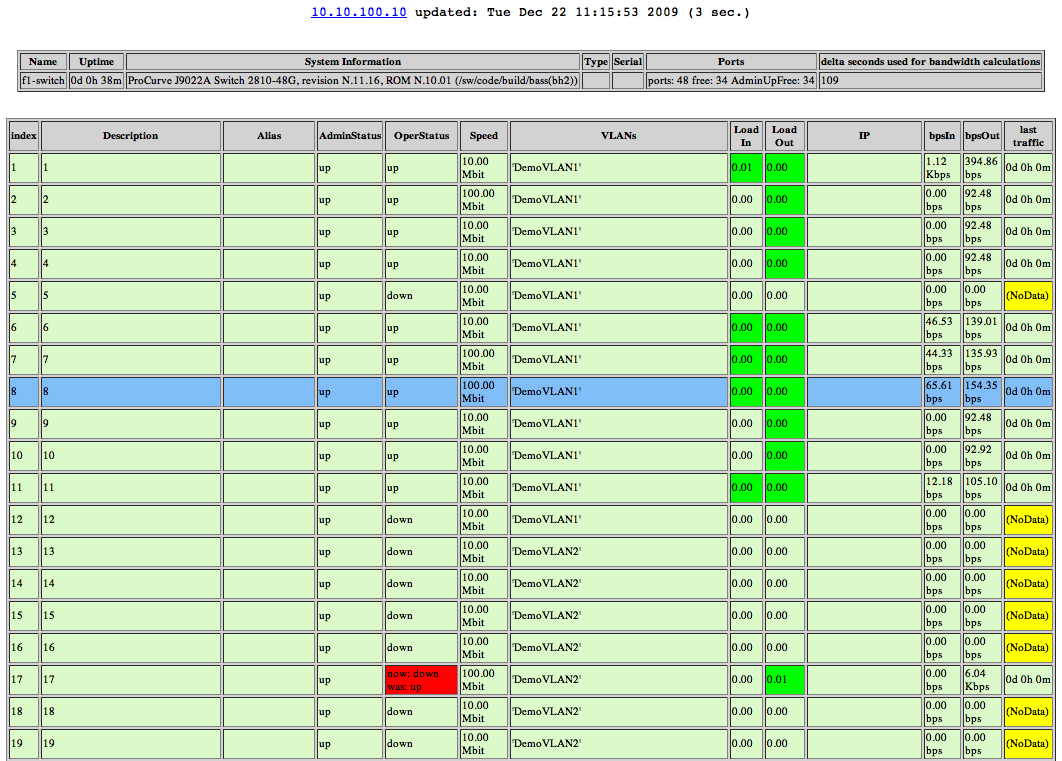(this is a cross-post with my private blog, you will find there the English version of this post)
oder: Frameworking falsch gemacht
Ich bin diese Woche bei einem Kunden auf etwas interessantes gestoßen. Einige Plugins für Icinga verursachten enorme CPU Last, sobald ein paar Checks gleichzeitig gestartet sind waren beide CPUs der VM auf 80-90%.
Als ich mir die Plugins angeschaut habe fand ich seltsamen PHP Code, sah ungefähr so aus:
<?php require_once('phplib/Framework.php'); if(!FRAMEWORK_LOADED) Framework::initialize(); CheckLicenseManager::run();
So auf den ersten Blick wirkt es ja nicht mal schlecht, da wird halt ein Framework geladen, dass die jeweiligen Klassen bereitstellt und dann wird die jeweilige Klasse „ausführt“. Das Framework selbst bestand aus mehreren PEAR Klassen und selbst geschriebenen Klassen die die jeweiligen Checks implementieren.
Das faszinierende an der Geschichte war jedoch dass das Plugin knapp 6 Sekunden dafür gebraucht hat die „–help“ Ausgabe zu liefern, die eigentliche Funktion des Plugins ist in unter einer Sekunde fertig.
Ein strace des Skripts brachte dann das Problem recht schnell ans Tageslicht: das Framework tut nichts anderes als per PHP-Autoloadfunktion sämtliche PHP Dateien und Klassen im Verzeichnis zu laden, was ca. 90 Stück waren.
Ich erklärte dem Kunden das Problem, und dass ich wohl keine direkte Lösung anbieten könnte, außer eben die paar Plugins neu zu schreiben. Das machte ich dann auch und dem Server war wieder langweilig.
Ein paar Regeln für Icinga Plugins (die ich für mich gesetzt habe):
- Keep it simple ™
- Ordentlich kommentieren
- eine verständliche –help Ausgabe mit Beispielen
- bei komplexen Plugins: Verbose und Debug Funktionen für spätere Probleme und Tests
- Möglichst in Perl oder Shell schreiben um weniger Abhängigkeitsprobleme zu haben
- und last but not least:
Wenn möglich veröffentlichen, denn dafür gibt’s monitoringexchange.org, denn irgendjemand kann es sicher auch gebrauchen! 😉
 16 – 20 April got into the spring mood with ideas for data centers, live USB drives, and check plugin updates.
16 – 20 April got into the spring mood with ideas for data centers, live USB drives, and check plugin updates.

 Für die Stromleiste
Für die Stromleiste 
















